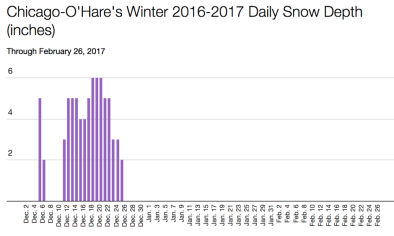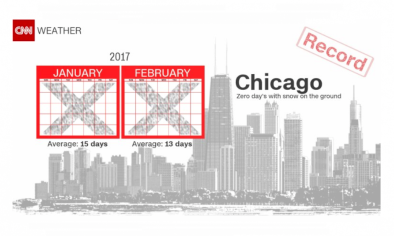Science Source
Evolution and Distribution of Record-Breaking High and Low Monthly Mean Temperatures
- Examines the ratio of record highs to record lows for monthly mean temperatures within the continental United States for 1900–2006
- Examines the spatial and seasonal aspects of theses trends
- Uses the U.S. Historical Climatology Network (USHCN) monthly temperatures dataset
- States that monthly means are less noisy than daily values, and are therefore more sensitive to changes in mean temperature and the evolving relationship between record highs and lows
- Uses time series within the period 1900–2006 with durations of 90–106 years
- Finds that time series length and time period can significantly affect the ratio of the ensemble sum of record highs to the ensemble sum of record lows occurring in a particular year
- Considers and compares the ratio of record highs to lows throughout two time periods: 1950–2006 and 1900–2006
- Finds that the ratio of record highs to record lows is about 13:1 in 2006, with 1950 as the first year and 25:1 with 1900 as the first year
- Finds that global ratios increase throughout 1920–2006 whereas continental U.S. ratios decrease from about 1940 to 1970
- Finds that the greatest excess of record highs occurs in February (≈2:1) and the greatest excess of record lows occurs in October (≈2:3)
- Finds that ratios are pronounced in certain regions: in February in the Midwest the ratio ≈ 5:2, and in October in the Southeast the ratio ≈ 1:2
Related Content
Real Time Data

Feb 28, 2017 | NOAA/NWS-Romeoville, IL
Chicago Snow Depth
Headline

Feb 28, 2017 | Washington Post
Mid-Atlantic ski resorts hurting because of lack of winter; Wisp closes weeks early
Headline

Feb 28, 2017 | CNN
Where is the snow?
Science Source
| American Meteorological Society
Changing Northern Hemisphere Snow Seasons
Gwangyong Choi, David A. Robinson, and Sinkyu Kang


